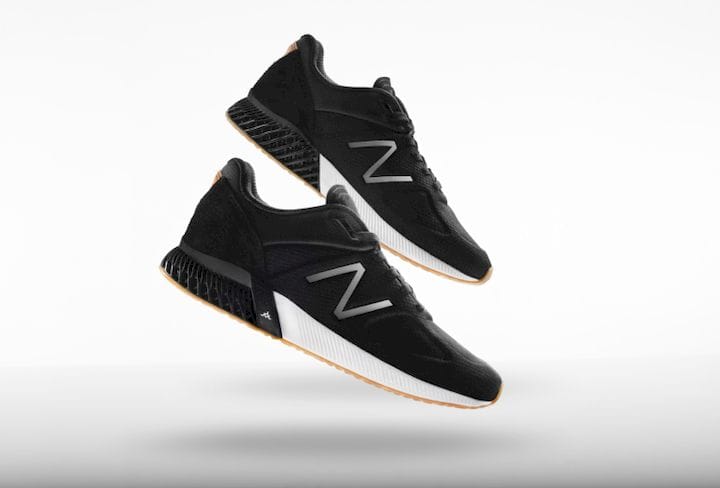![New Balance TripleCell custom 3D printed shoes [Source: New Balance]](https://fabbaloo.com/wp-content/uploads/2020/05/new-balance-triplecell-shoes_img_5eb0949376de8.jpg)
It seems that the folks at Nervous System have been helping New Balance.
Following up from our story about New Balance collaborating with Formlabs to produce an incredible new shoe-focused 3D printing platform, there is a bit more to the story.
The gist of our previous story was that New Balance worked with Formlabs to use their new “Rebound Resin”, and industrial TPU material, to help produce the springy midsole of new shoe designs using Formlabs’ 3D printers on the new TripleCell 3D printing platform.
How To Design Complex Structures
But according to a post by Nervous System, the New York-based company has been working behind the scenes with New Balance to assist in the highly complex design of the TripleCell. They say:
“Nervous System worked with New Balance on the internal, cellular structures which provide cushion in the 3D-printed heel parts. This builds upon our previous work with New Balance in 2015 where we used centroidal voronoi structures to create variable density foams which adapt to different runners’ biomechanics. New Balance’s new TripleCell 3D-printing platform with Formlabs will finally make it possible to make data-customized running shoes a reality.”
Their work was clearly essential in this project, as the design is as important as the material and 3D printer involved. But this design is no simple matter; designing customized and intricate lattice structures must be done using mathematical algorithms.
That’s the work of Nervous System, who should be quite familiar to anyone in the 3D print space, as they have been around for a very long time working on their powerful generative software. In fact, our first post on the company appeared in 2009!
Back then it appeared that the company may have been destined to enable generative jewelry designs, or so I surmised. However, I wrote something ominous so long ago:
“Will small designers who employ these advanced techniques demonstrate the future of 21st century businesses? Will this approach grow and overtake conventional techniques? We’re watching closely.”
What I was getting at in that thought was the idea that while the common design tools of the day were usable for 3D printing, they by no means were properly leveraging the then-new technology. What was really needed was new software that dropped the assumptions of subtractive design and offered freedom to exploit any design possibility.
Advanced 3D Design Tools
At that time in 2009, Nervous System was one of the very few companies working on such advanced functionality. I hoped that their work would inspire others to develop similarly powerful software, and that it would become a routinely seen technology at some point in the future.
Winding the clock forward, we find ourselves today with the 21st century 18.5% completed, and there are multiple design tools offering extraordinarily powerful mechanisms for developing highly complex 3D models.
Today we see Nervous System working directly with a major consumer product manufacturer to deliver the very technology we hoped for.
The circle is complete.
Via Nervous System











A manufacturing-as-a-service company has developed a way to 3D print continuous carbon fiber in a production setting.